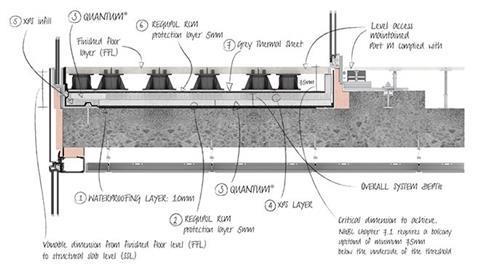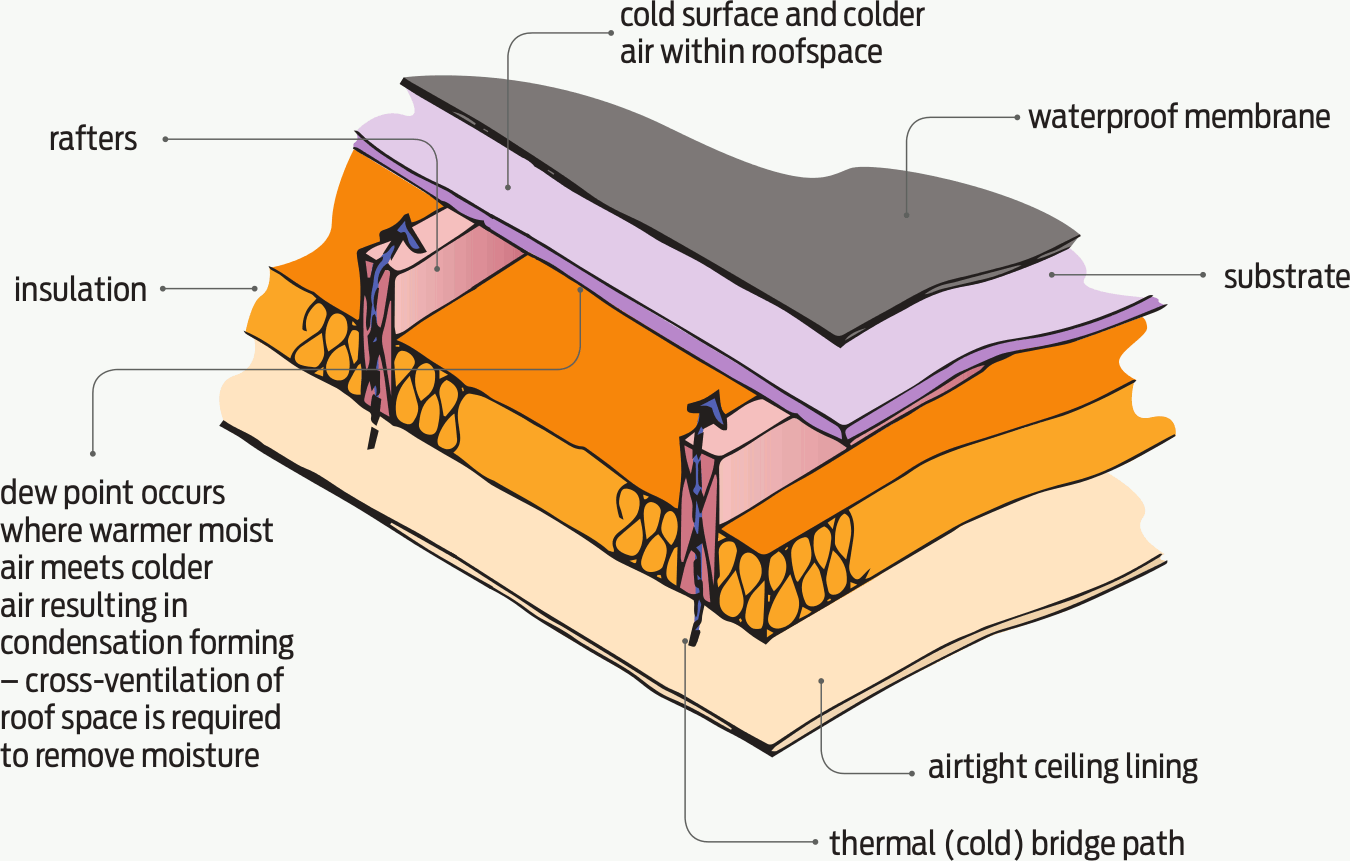Benefits of inverted roofs the great benefit of inverted roofs is that the insulation protects the membrane from extremes of weather such as frost uv exposure and the expansion and contraction that comes about from summer winter temperature cycles which can be as much as 80 c on some roofs.
Inverted warm deck roof advantages.
No vapour control layer is required.
It is also protected from damage by traffic on the roof such as people walking the movement of equipment and so on.
Ventilation of the ceiling space is required as there is a risk of condensation forming on the underside of the roof deck.
Rigid extruded polystyrene insulation has minimal water absorption due to its closed cell structure.
Warm flat roofs make it easier to eliminate cold bridging.
The simplicity of a warm flat roof makes it one of the most popular designs providing an effective and easy way of insulating a building.
We would like to show you a description here but the site won t allow us.
Inverted roofs are able to exceed building regulations part l requirements and have many advantages.
The traditional method of constructing a low slope membrane roof is to install insulation between the rafters leaving an air space between the insulation and the roof deck above see figure 1.
This roof construction called a cold roof does have some disadvantages.
This ensures there is no unnecessary heat loss through joints or fixings.
Warm flat roofs create little or no thermal bridging.
This makes it the only material suitable and approved for inverted roof applications.
Inverted roofs because of the need for ballast paving or vegetation inverted roofs typically weigh about 90kg m2 which means the structural load is the main limit on their application.
A warm roof is breathable allowing moisture out.
A breathable roof ensures there is no moisture build up which can lead to fungal or mould growth.
Also known as a protected membrane or upside down roof inverted roofs employ insulation which can resist water absorption provide excellent thermal performance be unaffected by freeze and thaw cycles withstand surface traffic and be protected from uv and mechanical damage among others.
One of the main benefits of the inverted roof method is that the membrane is protected by the insulation from the expansion and contraction caused by weather fluctuations such as frost and solar radiation.










